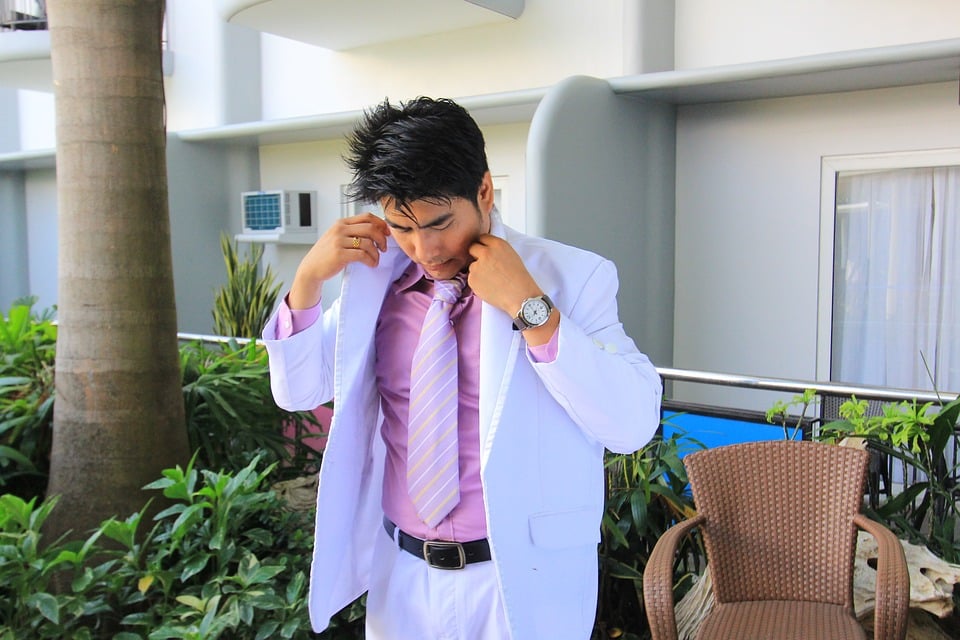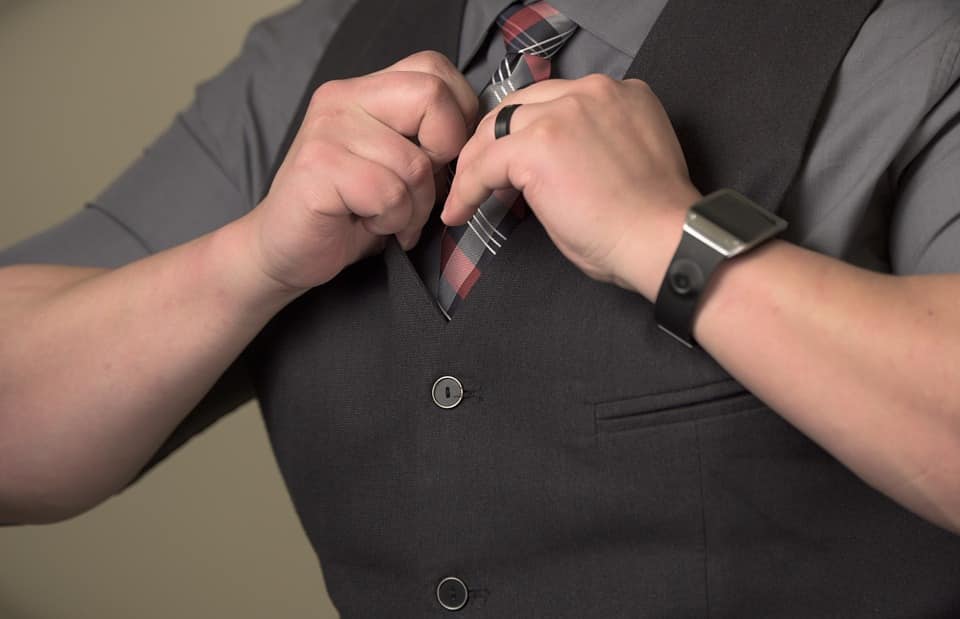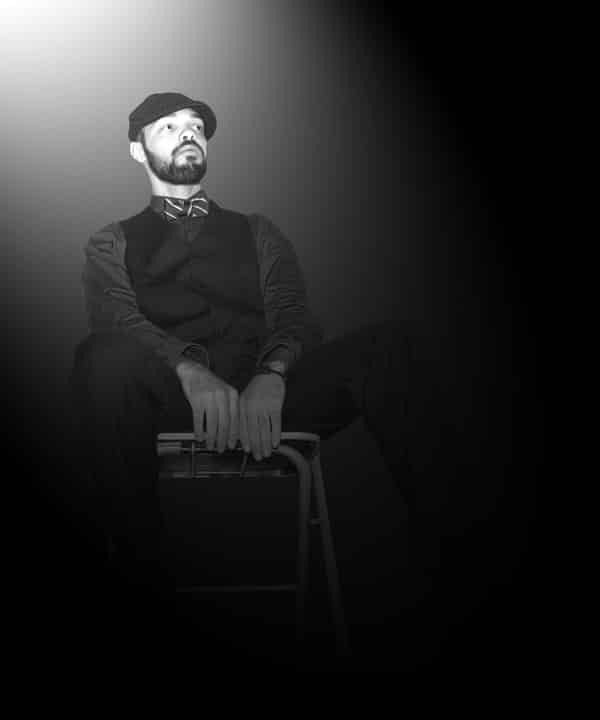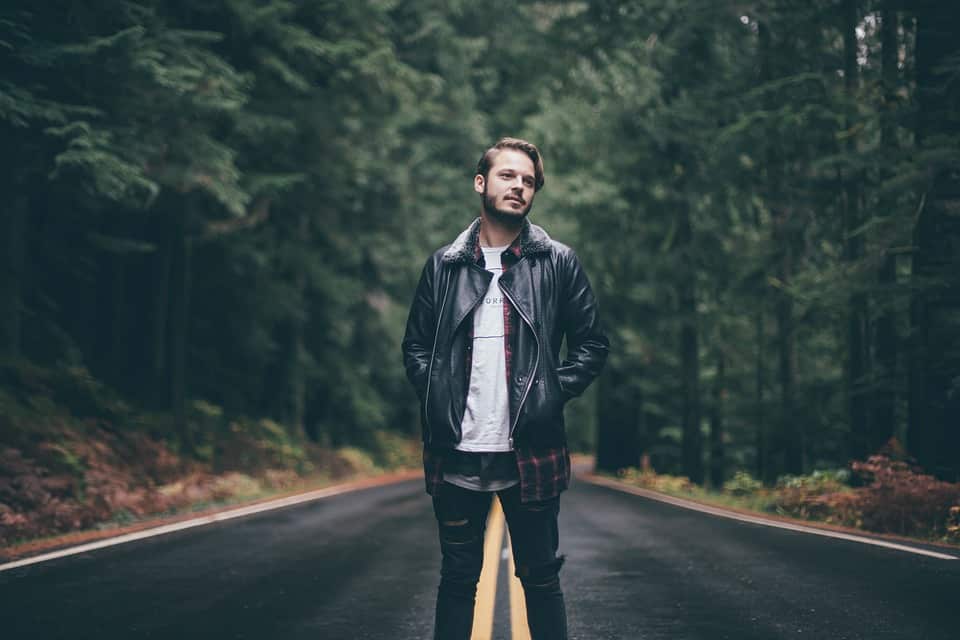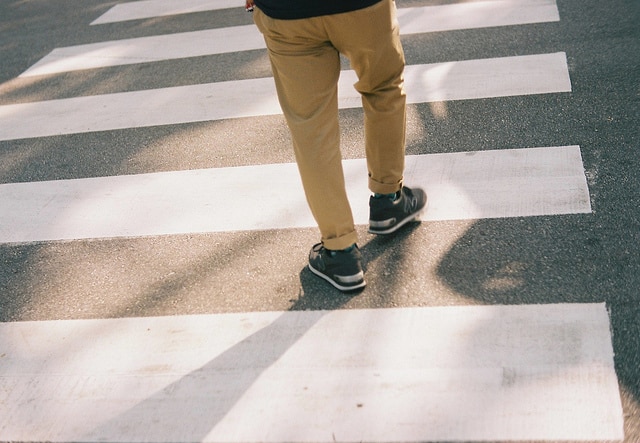Business casual offers the perfect blend for casual and formal elements, all in a single cohesive look. Many companies are now embracing this dress code, encouraging employees to follow it. But how exactly do you achieve a business casual look?
Chinos
There are several different pants that are suitable for use with business casual attire, although one of the most popular is the chino. Not to be confused with traditional khakis, chinos are made of a lighter, softer type of cotton, making them ideal for the warm summer weather. It’s generally best to avoid wearing formal suit trousers for business casual and instead stick with chinos.
If chinos aren’t your style, you can always wear jeans instead — yes, jeans are suitable for use with business casual. The trick to successfully pulling off jeans with this look is to choose the right color and fit. A pair of indigo-colored straight-leg jeans are an excellent choice. The darker color is more formal, while straight-leg eliminates excess fabric that could otherwise hurt your appearance.
Watch the Shoes
Your shoes will also affect whether or not you achieve a genuine business casual look. Formal shoes like oxfords should be avoided. For business casual, err on the side of caution by wearing casual or semi-casual shoes. Assuming they are clean and match the rest of your outfit, you can even wear sneakers with this look. One of the great things about business casual is the sheer freedom it offers to choose the clothes that YOU want to wear.
Layer it Up
Business casual offers the perfect opportunity to create a layered look. For instance, you can wear an undershirt over a button-up dress shirt, and then layer a leather jacket on top. Creating layers is a fun way to break up your appearance.
Accessorize
Accessories can make or break a business casual outfit. According to an article published by MensHealth, a simple accessory that greatly enhance a business casual look is a wristwatch. So, consider wearing a wristwatch with either a metal or leather wristband, depending on your choice of clothes (e.g. if you are wearing brown leather shoes, wear a wristwatch with a similar brown leather band).
Color Matters
Don’t underestimate the importance of color coordinating when creating a business casual look. Certain colors, such as all-black and black with pinstripes, look overly formal. This isn’t necessary bad, but it doesn’t align with the delicate formal-casual balance associated with this style.
References:
http://www.menshealth.com/style/make-a-better-impression-with-business-casual
https://gentlemansbox.com/mens-business-casual/
